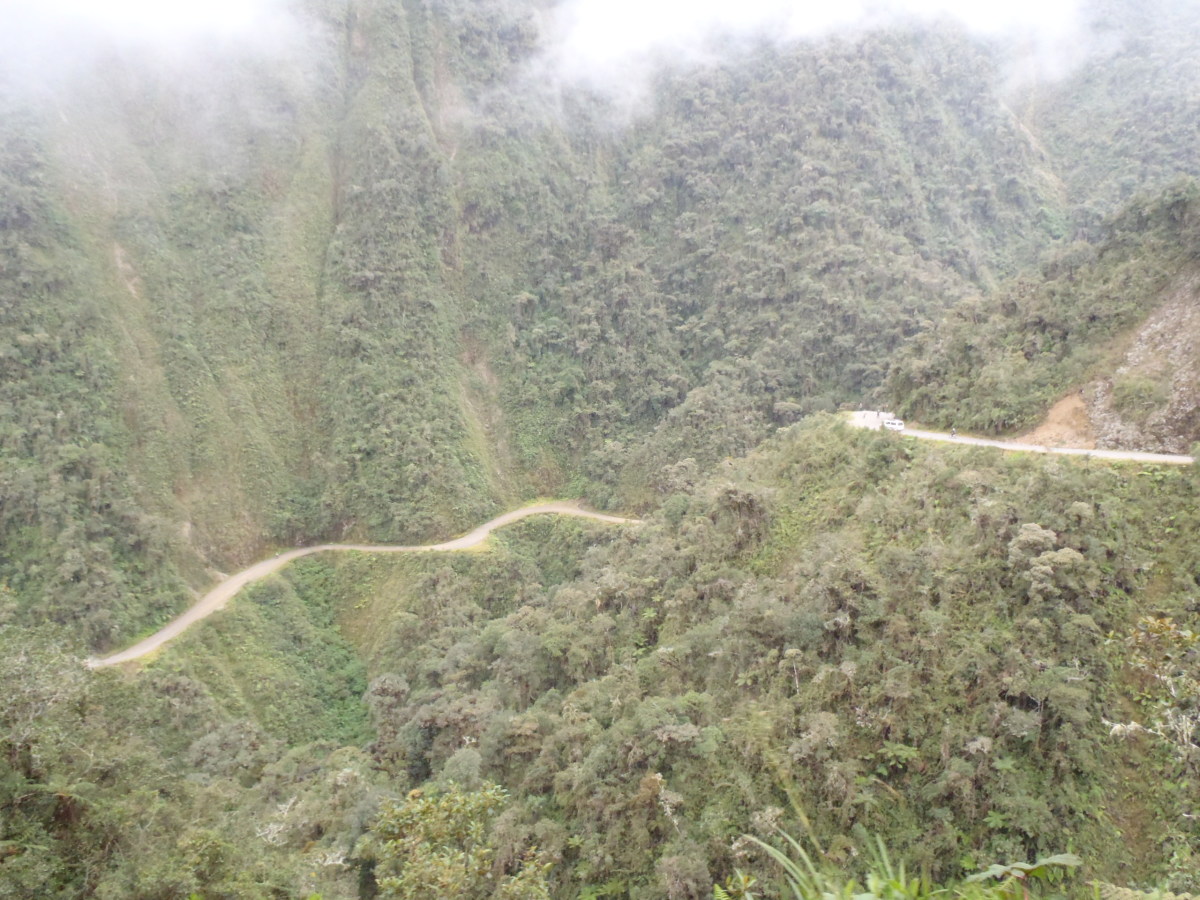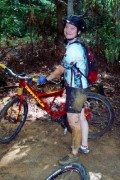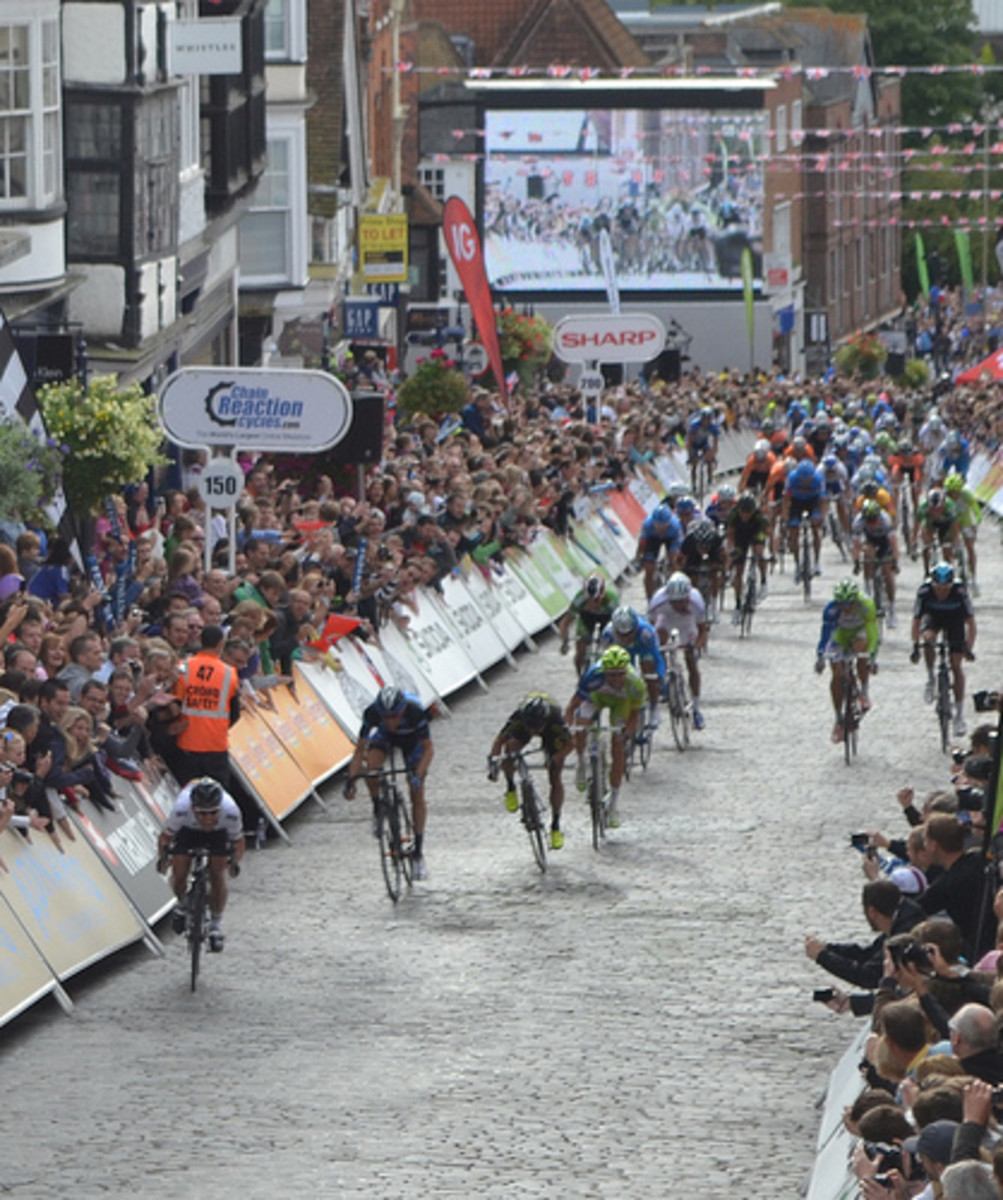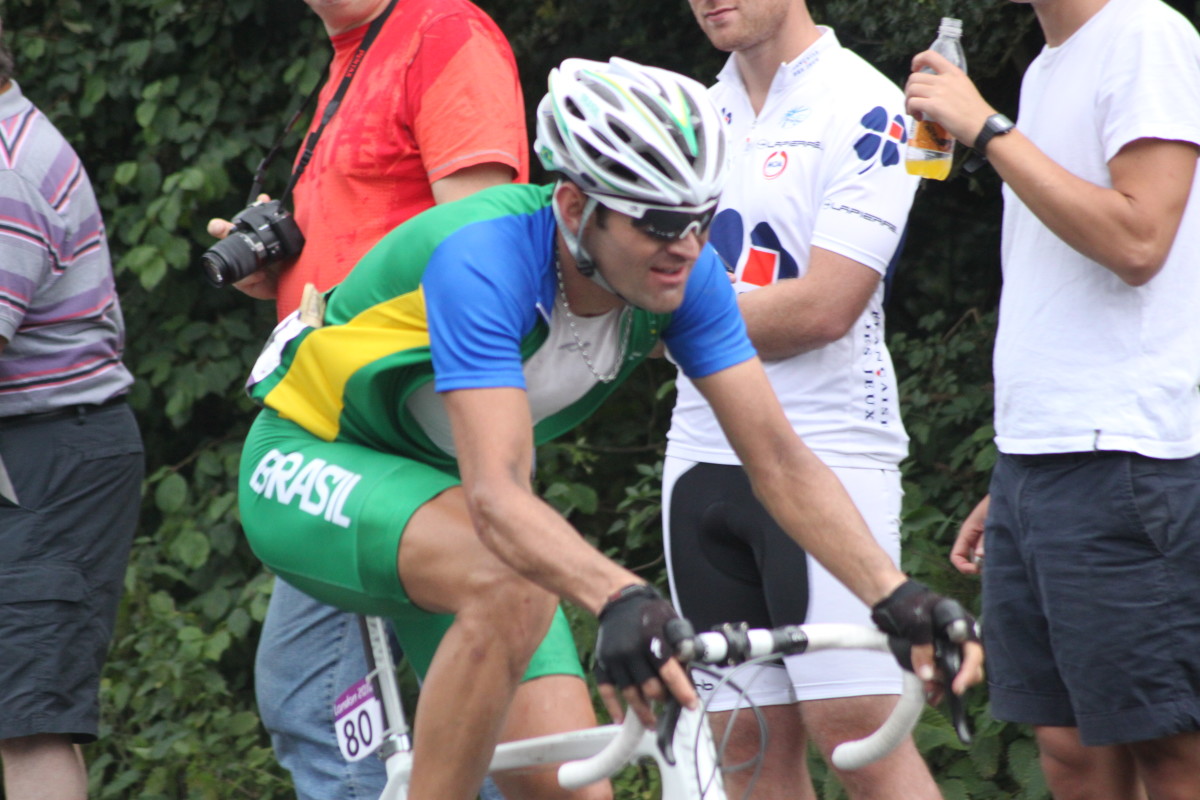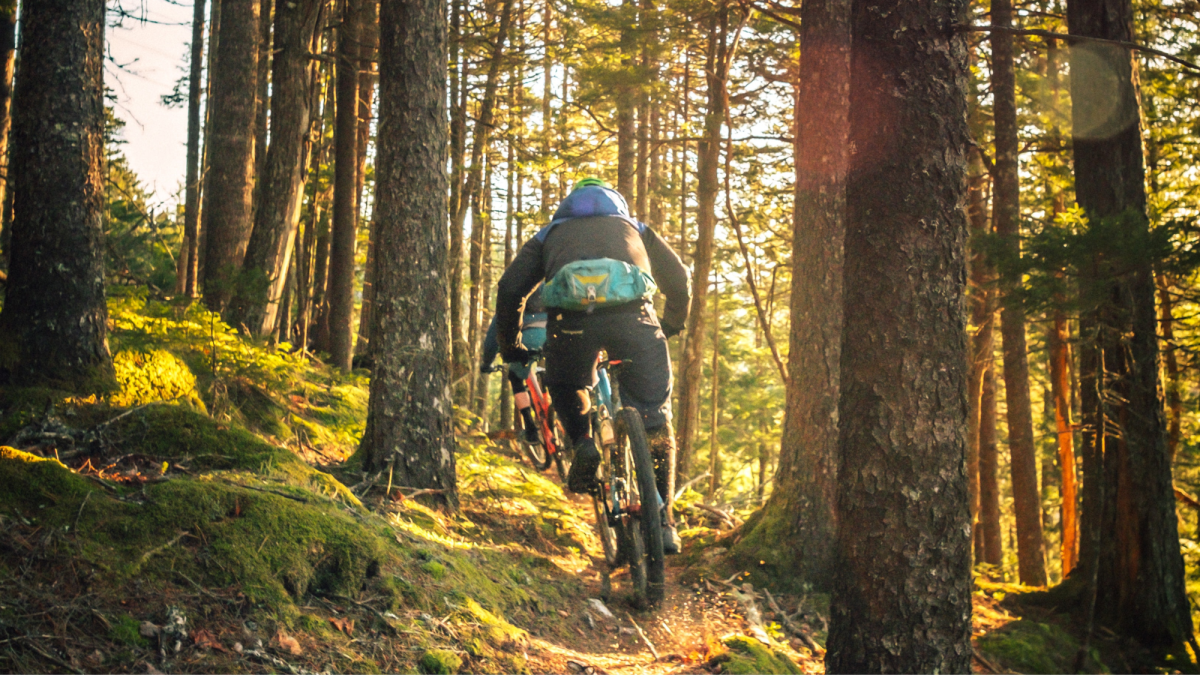Mountain Biking: Safety Tips for Beginners
Mountain biking is a terrific sport that allows you to relax with nature and get away from the busy city life. Although mountain biking can be considered an extreme sport, it doesn't necessarily have to be one. With so many bicycle trails around, you have a choice to take a scenic ride through parklands or opt for a more challenging off-road trail. Regardless of which type of trail you choose, the ride can be quite isolated. Additionally, certain off-road trails can be quite technical which makes it a more dangerous sport compared to other activities.
By taking care to observe a few rules and preparing yourself adequately, there is a lot you can do to make mountain biking a safer sport. The following are a few safety tips beginner mountain bike riders:
1. Before heading out on the trail, always make sure you bring all the necessary essentials that you require. Some essential items include a first aid kit, bike repair kit, water, and food. It is also important to dress in appropriate biking gear.
2. Make sure you are aware of how to perform basic bike repairs before heading out onto a ride. Some trails can be quite isolated and you may be the only person you can rely on to fix any broken parts on your bike. If you ride with company, then make sure someone in the group knows how to perform all the basic bike repairs. Essential bike repairs include fixing a flat tyre, derailed bike chain, broken bike chain, or loose/broken spoke. These repairs can be learned from other experienced mountain bike riders, a local bike shop, a good biking book, or the Internet.
3. Ensure that you know all the basic first aid skills to deal with minor injuries that may result from an accident during your ride. As mentioned earlier, mountain biking can be a very isolated sport and it may be a while before for expert help can arrive. Even getting yourself or another rider to a doctor will take time.
4. Always check your bike to make sure it is properly maintained
and in good working condition before hitting the trails. Your bike should be properly adjusted for
you. Things like the correct position of the seat position can make all the difference to making a ride safer and more enjoyable.
5. Learn the rules of the trail and make sure you observe them whenever you are riding in a park. Only ride on open and approved trails. You can ask a park official or check the park maps to find out which trails can be ridden.
6. One of the fundamental safety rule of riding a bike is to wear a helmet. Make sure it is fitted properly or it will not provide adequate protection to your head in the event of a fall involving a head collision.
7. Ride safely at all times and never ride beyond your control. Safety first at all times, such as making sure you slow down around blind corners. Make sure you ride at your level and if you find the trail too challenging, stop and walk it or turn back.
If you are new to mountain biking, it might be worth while practicing a few essential biking skills at a local park, school, bike path or around your neighbourhood, where it is safer, before taking on the more challenging mountain bike trails. Some basic riding skills that you should practice and be comfortable with before heading out to a more challenging route are as follows:
1. Shifting gears
If you have never ridden a bike with gears before, you will need to familiarise yourself with gear shifting before heading out onto a trail. Higher gears give you more speed but are harder to pedal, while lower gears make it easier to pedal up hills. Try out different gears to see which work best at varying inclines. Get used to changing gears and make sure you are comfortable with it before heading out onto a technical trail.
2. Balance
The way you position your body on the bike will affect its balance. Move your body around to see how it affects the balance of your bike. You need to test left and right balance as well as front and back balance. When ascending a hill, if you find your back tyre slipping, move backwards on your seat. Moving your weight over the back wheel will help increase your traction on an incline. If you find your front tyre lifting off the ground, you will need to move forward to place more weight over it.
3. Standing on the bike
Although you can get away with sitting on your bike seat for the entire ride through most regular trails, a more technical trail will require you to learn how to stand on your pedals and to pedal standing up. Practice standing on your pedals while coasting on the bike - keep your feet at 3 and 9 o'clock.
To learn how to pedal standing up, you should start on a flat road and shift your gear down until you feel that the pressure you need to apply to the pedals is forcing you to stand up. Try riding standing up on different inclines and on different gears until you feel comfortable with it.
4. Climbing and descending
Knowing how to handle hills is an important skill when riding a mountain bike trail. To successfully tackle the inclines and descents, it is important to learn how to shift your gears, ride standing up and shift your balance. Adjusting these three things will help you manage hills more safely and with greater efficiency. Remember that descending is a lot more dangerous than climbing a hill. When in doubt, it is best to walk it.
5. Dropping down a curb
Mountain bike trails are riddled with obstacles and the terrain is often uneven. Practicing how to drop down from a curb will help you learn to cope with such obstacles. To do this, ride standing at a moderate speed and coast off the curb from the upper level to the lower level. Try this with different speeds until it becomes second nature.
Another tip for handling obstacles is to move your weight back to allow your front wheel to glide over the obstacle (e.g. rocks, holes, bumps). You may occasionally be required to lift your front wheel to help your bike clear the obstacle.
6. Rounding corners
You should always brake before you enter the corner and not while you are in it. It is important to look at where you want your bike to go. Avoid looking at the rock or the tree or whatever obstacle it is that you are trying to avoid as you generally head in the direction that your eyes are looking at.
7. Braking
You should be aware that 60% of your braking force comes from your front brakes so you shouldn't neglect your front brakes entirely. However, make sure you use them carefully to avoid an endo (flying over the handle bars of your bike). Apply slow and gradual pressure to the brakes - never make a panic grab for that will cause you to endo. By looking at the trail ahead, you will be able to anticipate when you need to slow down so you don't get caught out. Hitting the back brakes too hard not only endangers you but it also causes skidding which is damaging to the trails.
Mountain biking is a terrific sport to get into. To ensure that it is a safe sport for you, make sure you are aware of all the safety rules and take the necessary precautions before heading off-road. Know the basic skills, such as bike repair, first aid and specific biking techniques. Just plan ahead and make sure you pack your essentials for the road and you will be able to have a great ride.




